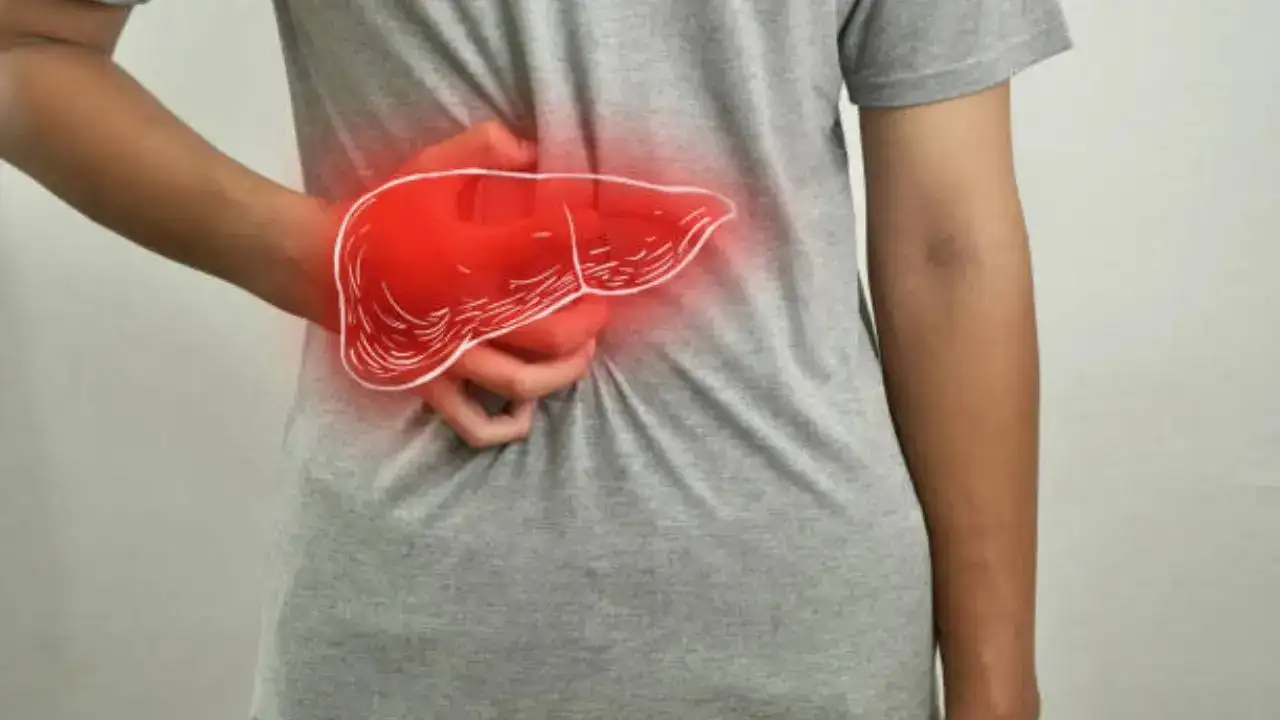By Ashima Sharda Mahindra
Copyright timesnownews

Fatty liver disease is not just a growing health crisis in India, but across the world, as most of those being diagnosed now are young people. According to experts, roughly one-third of adults and children have this ailment due to lifestyle factors, which include poor diet and lack of exercise, leading to the new term Metabolically Dysfunctional-Associated Steatotic Liver Disease. Harvard- and Stanford-educated gastroenterologist Dr Saurabh Sethi recently revealed why an early diagnosis is important, as fatty liver can even steadily progress to severe forms like cirrhosis, and in worst cases, may require a liver transplant or even cause death. And so, to catch the signs early and prevent these, you need to have a look at these signs and talk to your doctor. Unexplained weight gain According to Dr Sethi, an unexplained weight gain can be a significant sign of fatty liver disease, even though it is also a complex interplay of many other factors, like obesity, insulin resistance, and hormonal imbalances that can lead to fat accumulation in the liver. While this condition is mostly asymptomatic in very early stages, advanced fatty liver disease combines with other symptoms like fatigue, bloating, and discomfort in the upper right abdomen – especially when you are gaining weight without too many changes in your diet. Chronic fatigue Being tired, and despite taking rest, if it does not go away, there has to be an issue with your liver. Dr Sethi insists liver dysfunction can happen at this stage because this organ helps in energy metabolism, and when it does not function properly, one may experience low energy levels. This persistent tiredness and lack of energy occur because the fatty liver is not processing nutrients and filtering toxins efficiently, leading to exhaustion and affecting your body’s overall energy metabolism. Dark urine and pale stools According to Dr Sethi, if you consistently notice dark urine, it may be caused by a buildup of bilirubin – a waste product – while the pale stools result from decreased bile production, which usually gives stool its colour. These symptoms indicate that the liver is not processing waste effectively and should be evaluated by a doctor. When your liver begins to get damaged, it is not able to process the waste, leading to a buildup of bilirubin in the blood and dark, amber, or brown urine. High blood sugar levels High blood sugar levels do not just happen due to diabetes but can also point to your liver function. According to experts, consistently elevated blood levels linked with insulin resistance are commonly seen in those who have fatty liver disease. Dr Sethi says the relationship is bidirectional, as MASLD can worsen blood sugar control, while high blood sugar can make fatty liver disease more difficult to manage. Easy bleeding and bruising If you have been noticing a few bruises or bleeding recently, it can be a cause for concern. Dr Sethi says that it mostly happens in those with advanced fatty liver disease, as the organ may struggle to produce enough proteins required for blood clotting. This sign often gets dismissed, and so, it is important not to ignore it.



